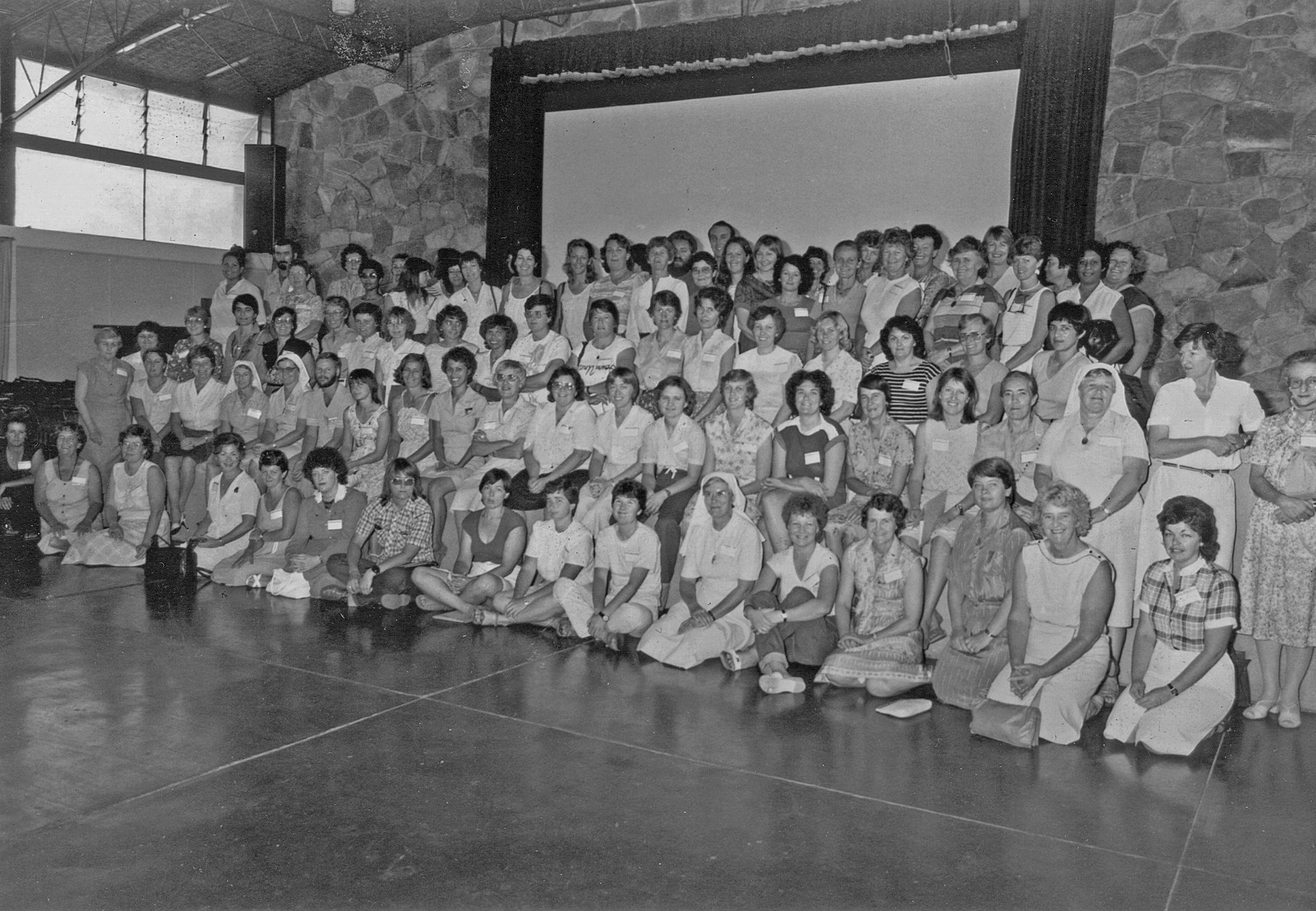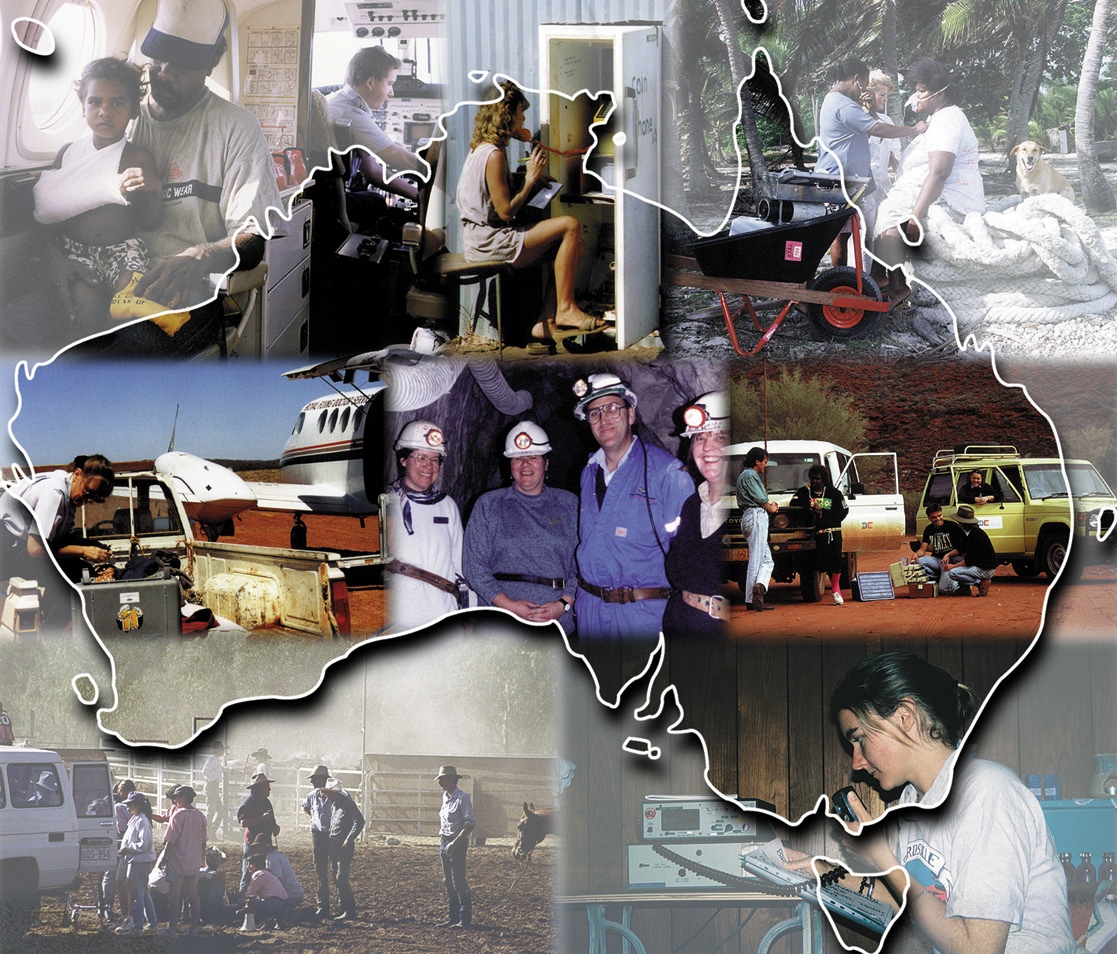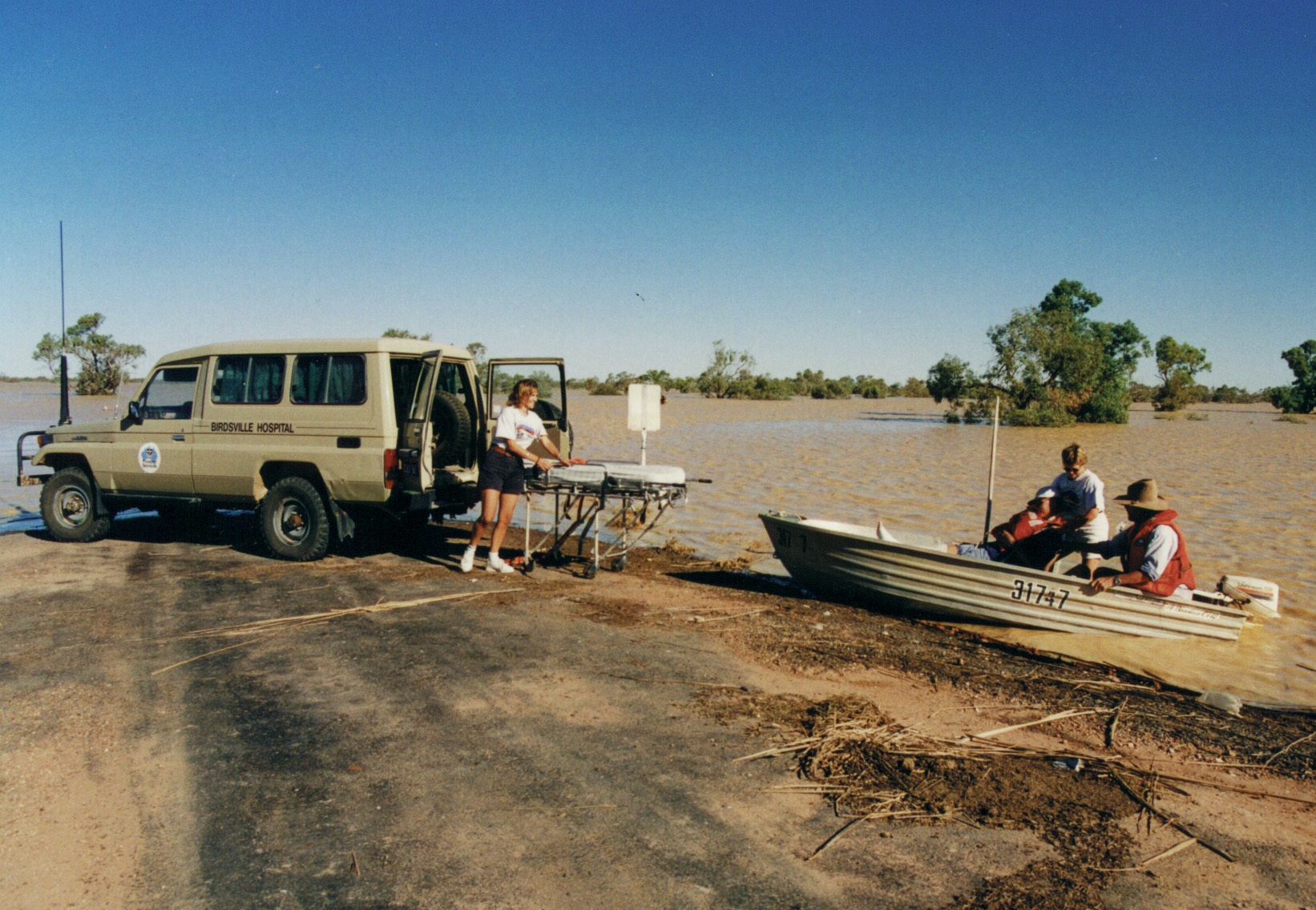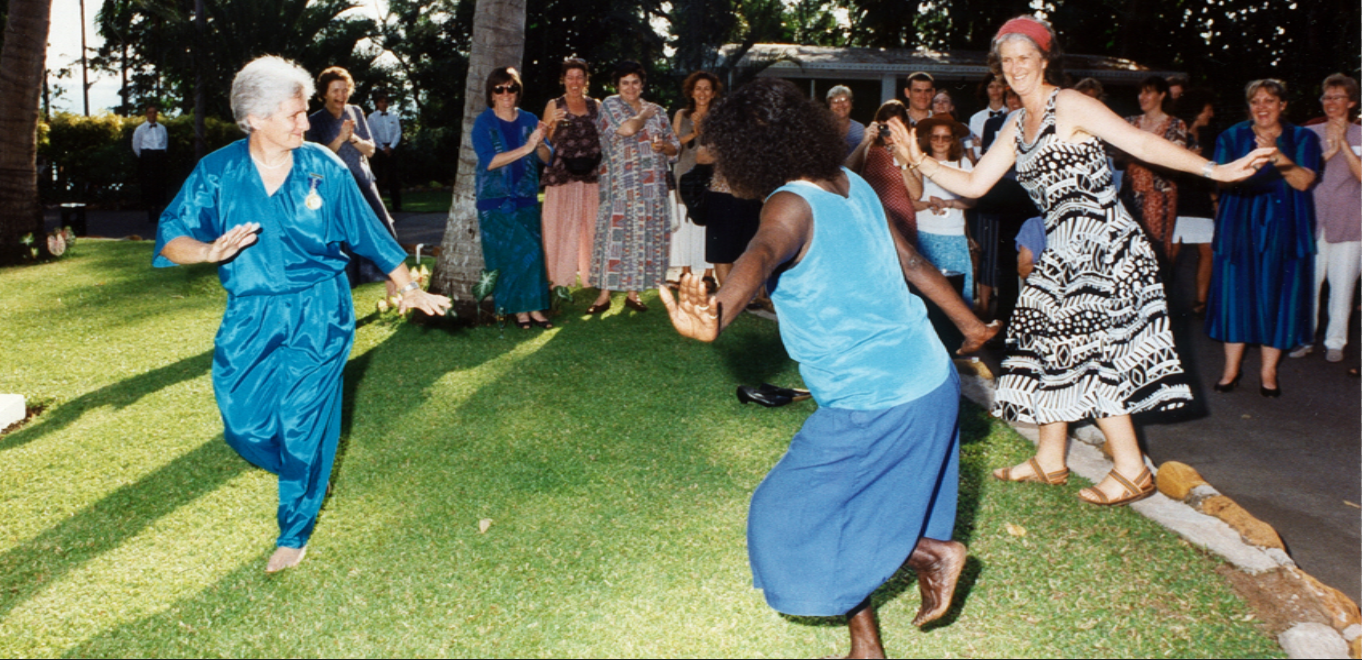This site may not work properly using older versions of Edge and Internet Explorer. You should upgrade your browser to the latest Chrome, Firefox, Edge, Safari, or any other modern browser of your choice. Click here for more information.
Our History
To celebrate 40 years, we’ve charted the milestones in our not-for-profit organisation’s history – including the famous 1983 conference, the development of the Remote Emergency Care course, and the creation of the Bush Support Line. A lot can change in 40 years, but the organisation’s volunteer roots, passionate Members, and focus on improving remote health remain to this day.

1982-1985: CRANA's Origin Story
The formation of the Council of Remote Area Nurses of Australia represents a collective triumph against the odds. At the time remote area nurses were frequently under-resourced and under-prepared, but being scattered by distance, they could not know that the issues they faced were widespread. It took an inspired group of volunteers and two ground-breaking conferences (Alice Springs 1983 and Townsville 1985) to legitimise their experiences, show nurses that they were powerful, and set in motion the peak professional body for remote health.

Preparing the workforce: the push for education
At the 1985 conference in Townsville, education (or lack thereof) was identified as the single most important issue facing RANs. After years of campaigning for support to develop a post-graduate course for remote health practice and a course in advanced emergency skills and trauma management, CRANA's persistence paid off in the late 1990s when it was funded to develop and deliver three hallmark projects that remain influential today — the Remote Emergency Care course, the Clinical Procedures Manual, and the Remote Health Practice Program.

The fight for identity: validating RAN practice
How to convince the world remote health practice is uniquely challenging and requires unique support, when you are out of sight from the majority of Australians? CRANA has answered this question successfully, but not without difficulty, since the early 1980s. To establish public and political empathy for the profession, CRANA ramped up its advocacy and developed standards, a certification program, and various programs to recognise excellence — and while the setbacks have been many, opportunity has never been far away.

From cottage industry to corporate entity
CRANA's history is defined by two major growth spurts — the funding burst of the late 1990s and the diversification of the late 2000s. At times, its ambitions have exceeded its budget, but passionate volunteers have always been at the ready to bring the dream to life. In this section we explore CRANA's first funded project, the Locum Support and Relief Pilot; the foundation of the Bush Support Line; advocacy for safety and security; and the change from CRANA to CRANAplus when the organisation opened its Membership to all remote health professionals.